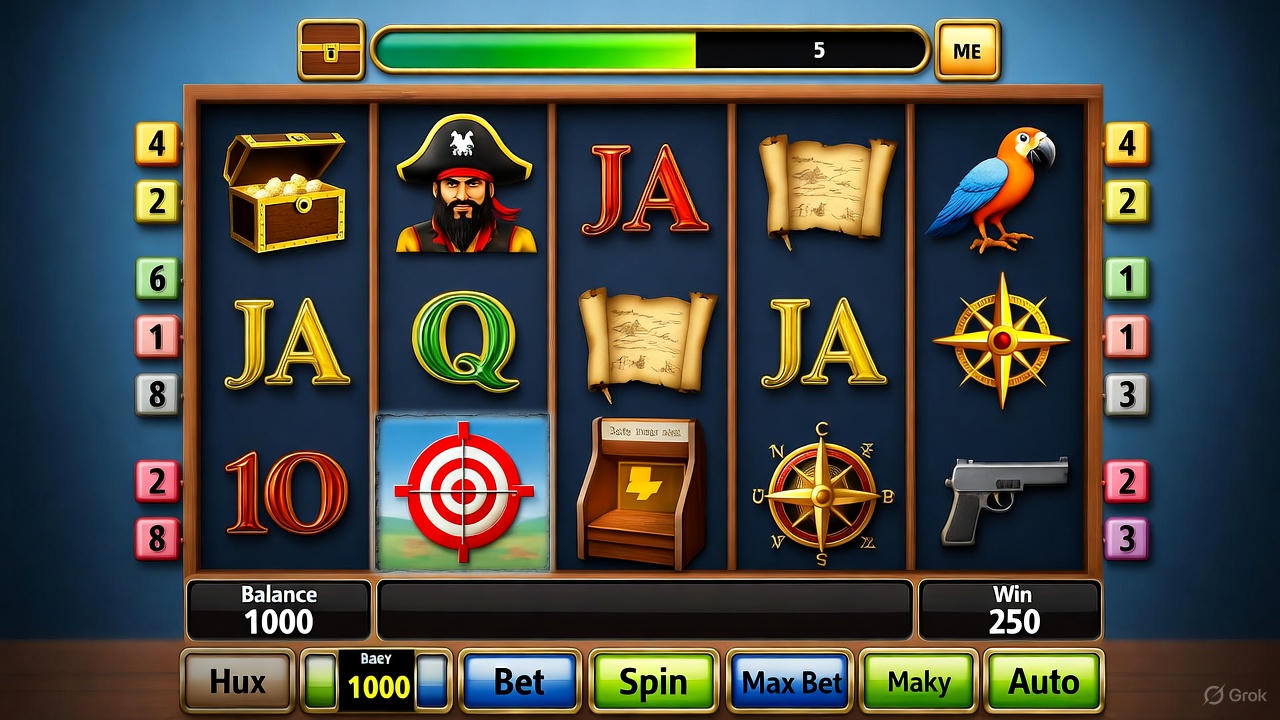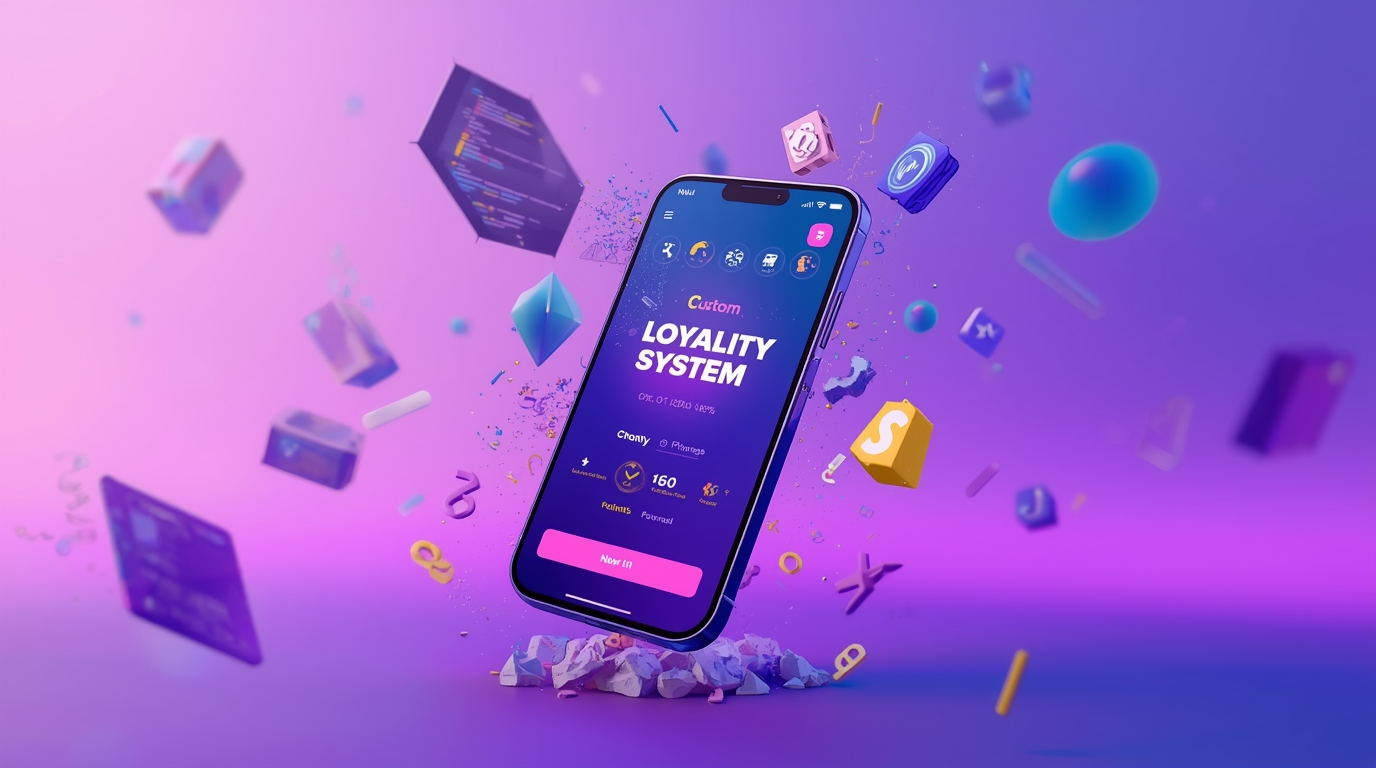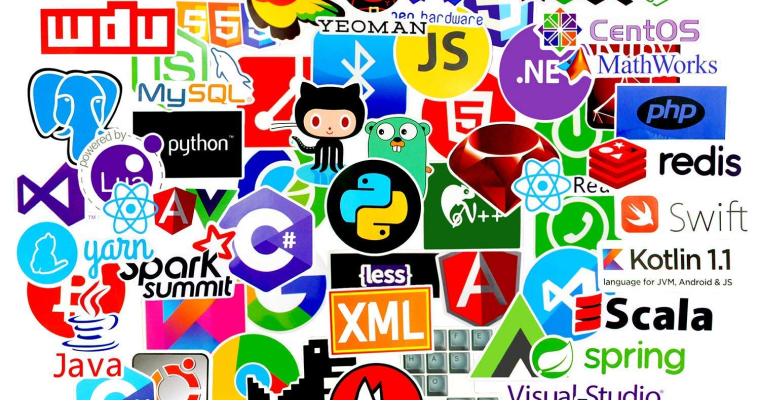Online casino lobbies exist to move a player from opening the site to playing their first round with minimal friction. If you want conversion that holds up under traffic, you need to design the lobby for clarity and scannability, and keep in mind that it needs to look good on both large and small screens. Think hierarchy first, not hype. Use progressive disclosure instead of long descriptions, and make every micro interaction explain what happens next and how long it will take.
Discovery that feels fast even when the library is large
A high-performing lobby makes a huge catalog feel simple, and there are a lot of tricks you can use to achieve this. Start by including intent-based filters instead of vague genres, so players can narrow down the options they want to see faster. For example, if you’re running a site with lots of games, you might let players filter by things like slots or table games, or perhaps themes.
Place the most commonly used filters above the fold and tuck the rest into a “More” tab. Keep a sticky “recently played” row across categories to let players resume a recent session with a single click. You should also use thumb-friendly tiles rather than full pages, and where possible, replace dropdowns with lightweight options.
Use clear labeling
Many lobbies blur category meaning with generic labels like “featured” or “table games.” Good interfaces, however, use wording that reflects the entry flow. Casino lobbies, for example, often use the phrase “real money” to separate payment-backed modes from demos. If the lobby allows guest players to jump in without signing up first, the language on tiles and buttons must mirror that decision.
You should keep your verbs consistent across the grid so the user can scan differences fast. The same interface should not read “Play Now” in one place and “Try Free” in another unless the flow truly changes. For a simple overview of how a lobby can look when designed with consistency and usability in mind, see this online casino real money platform.
Categories should be precisely defined and avoid vague overlaps. You don’t want your users having to guess whether poker is found under “table games,” “card games,” or “strategy games.” If you do need to include terms that overlap with each other, then content that fits multiple categories should be found in each of them.
You can also use microcopy and small info panels to expose extra information on mouseover, such as table capacity or round cadence. This avoids crowding the tile while preserving recognition speed for power users who already know what they want.
After the selection
Understanding what follows the lobby selection matters just as much, and your users should not feel that they are waiting for content to load once they have made their choice. Some sites get around this by starting to load assets on mouseover to speed things up, but this isn’t always feasible.
Live tables are a good stress test example because they can’t load much until they know the user actually wants to join. There may be delays as the software has to search for an available seat at one of the tables, and they need to handle issues with latency in order to provide seamless content. Still, even in complex scenarios like this, there are plenty of opportunities for optimization.
Low Latency HLS can reduce wait times and make the gameplay feel smoother. Cloudflare reports that LL HLS can reduce typical viewer latency from about thirty seconds to under ten, and in some cases, close to three seconds.
This is particularly important in games like poker, as online play often removes the visual tells that many players rely on and forces them to fall back on things like timing and delays to identify whether a player is bluffing or not. It’s therefore pretty important for players to have a good sense of whether an opponent’s hesitation is a sign that they are weighing up whether to bluff on a weak hand or just a momentary stutter in their internet speeds.
A complementary lens comes from player behavior. Ignition Casino’s video on 4 Types of Poker Players And How to Beat Them explains tight versus loose and passive versus aggressive archetypes.
| Aspect | Principle | Benefit |
|---|---|---|
| Filters | Use intent-based filters (e.g., slots, table games, themes) over vague genres | Faster navigation, reduces decision fatigue |
| Layout | Prioritize thumb-friendly tiles and sticky “recently played” rows | Enhances mobile usability and quick session resumption |
| Labeling | Consistent verbs and clear category names (e.g., “real money” vs. “demo”) | Improves scannability and reduces confusion |
| Microinteractions | Progressive disclosure via mouseover info panels | Keeps interface clean while providing extra details for power users |
| Performance | Preload assets on mouseover, use Low Latency HLS for live tables | Reduces perceived wait times, smoother gameplay experience |
Tips to Reduce Player Churn in Multiplayer Games
- Show Table Metrics: Display average pot size, hands per hour, or current player count to help players choose tables that match their playstyle.
- Highlight Game Pace: Indicate round cadence or table capacity to set clear expectations and reduce mismatches.
- Enable Quick Resumption: Use a sticky “recently played” row to let players jump back into familiar games with one click.
- Optimize Latency: Implement Low Latency HLS to minimize delays, ensuring smoother gameplay and reducing frustration.
Another aspect to keep in mind with multiplayer games like poker is player churn. If people keep dipping in and out without giving their opponents time to adjust to their playstyle, it can be frustrating for those who want to enjoy a proper series of games.
This is another area where the game lobby matters. If your lobby provides details that let players know what to expect from the game, such as average pot, hands per hour, or current player count, then they can pick tables that fit how they like to play. It reduces regret exits and short sessions after a mismatch. The more information your lobby can provide to your users, the happier they are likely to feel, but you need to make sure that this doesn’t come at the cost of making things feel cluttered.
It’s clear, then, that games lobbies need to do a lot of careful design and think about the player experience in a multilayered way. It’s not just about those initial moments, but about the whole player journey, and making sure that every element is as streamlined and intuitive as possible.
The table summarizes the core design principles discussed, making it easy to reference key strategies for lobby optimization. The bulleted list provides actionable tips to address player churn, enhancing the practical value of the text while maintaining its focus on usability and player experience.







